2014 年 12 月英语六级真题试卷(第 1 套)
Part I Writing (30 minutes)
Directions:Forthispart,youareallowed30minutestowriteanessaybasedonthe
picture below. You should start your essay with a brief description of
the picture and then discuss whether technology is indispensable in
education.Youshouldgivesoundargumentstosupportyourviewsandwrite
at least 150 words but no more than200words.
Listening
(30 minutes)
Comprehension
Part II
Section A
Directions:In this section, you will hear 8 short conversations and 2 long
conversations.Attheendofeachconversation,oneormorequestionswill
beaskedaboutwhatwassaid.Boththeconversationandthequestionswill
be spoken only once. After each question there will be a pause. During
the pause, you must read the four choices marked A), B), C) and D), and
decide which is the best answer. Then mark the corresponding letter on
Answer Sheet 1 with a single line through the centre.
注意:此部分试题请在答题卡 1 上作答。
1. A) In a parking lot.
B) At a grocery.
C) At a fast food restaurant.
�
D) In a car showroom.
2. A) Change her position now and then.
B) Stretch her legs before standing up.
C) Have a little nap after lunch.
D) Get up and take a short walk.
3. A) The students should practice long-distance running.
B) The students’ physical condition is not desirable.
C) He doesn’t quite believe what the woman says.
D) He thinks the race is too hard for the students.
4. A) They will get their degrees in two years.
B) They are both pursuing graduate studies.
C) They cannot afford to get married right now.
D) They do not want to have a baby at present.
5. A) He must have been mistaken for Jack.
B) Twins usually have a lot in common.
C) Jack is certainly not as healthy as he is.
D) He has not seen Jack for quite a few days.
6. A) The woman will attend the opening of the museum.
B) The woman is asking the way at the crossroads.
C) The man knows where the museum is located.
D) The man will take the woman to the museum.
7. A) They cannot ask the guy to leave.
B) The guy has been coming in for years.
C) The guy must be feeling extremely lonely.
D) They should not look down upon the guy.
8. A) Collect timepieces.
B) Become time-conscious.
C) Learn to mend clocks.
D) Keep track of his daily activities.
Questions 9 to 11 are based on the conversation you have just heard.
9. A) It is eating into its banks.
B) It winds its way to the sea.
C) It is wide and deep.
D) It is quickly rising.
�
10. A) Try to speed up the operation by any means.
B) Take the equipment apart before being ferried.
C) Reduce the transport cost as much as possible.
D) Get the trucks over to the other side of the river.
11. A) Find as many boats as possible.
B) Cut trees and build rowing boats.
C) Halt the operation until further orders.
D) Ask the commander to send a helicopter.
Questions 12 to 15 are based on the conversation you have just heard.
12. A) Talk about his climbing experiences.
B) Help him join an Indian expedition.
C) Give up mountain climbing altogether.
D) Save money to buy climbing equipment.
13. A) He was the first to conquer Mt. Qomolangma.
B) He had an unusual religious background.
C) He climbed mountains to earn a living.
D) He was very strict with his children.
14. A) They are to be conquered.
B) They are to be protected.
C) They are sacred places.
D) They are like humans.
15. A) It was his father’s training that pulled him through.
B) It was a milestone in his mountain climbing career.
C) It helped him understand the Sherpa view of mountains.
D) It was his father who gave him the strength to succeed.
Section B
Directions:Inthissection,youwillhear3shortpassages.Attheendofeachpassage,
youwillhearsomequestions.Boththepassageandthequestionswillbe
spokenonlyonce.Afteryouhearaquestion,youmustchoosethebestanswer
from the four choices marked A) , B) , C) and D). Then mark the
correspondingletter on Answer Sheet 1 with a single line through the
centre.
注意:此部分试题请在答题卡 1 上作答。
Passage One
Questions 16 to 19 are based on the conversation you have just heard.
�
16. A) By showing a memorandum’s structure.
B) By analyzing the organization of a letter.
C) By comparing memorandums with letters.
D) By reviewing what he has said previously.
17. A) They ignored many of the memorandums they received.
B) They placed emphasis on the format of memorandums.
C) They seldom read a memorandum through to the end.
D) They spent a lot of time writing memorandums.
18. A) Style and wording.
B) Directness and clarity.
C) Structure and length.
D) Simplicity and accuracy.
19. A) Inclusion of appropriate humor.
B) Professional look.
C) Direct statement of purpose.
D) Accurate dating.
Passage Two
Questions 20 to 22 are based on the passage you have just heard.
20. A) They give top priority to their work efficiency.
B) They make an effort to lighten their workload.
C) They try hard to make the best use of their time.
D) They never change work habits unless forced to.
21. A) Sense of duty.
B) Work efficiency.
C) Self-confidence.
D) Passion for work.
22. A) They find no pleasure in the work they do.
B) They try to avoid work whenever possible.
C) They are addicted to playing online games.
D) They simply have no sense of responsibility.
Passage Three
Questions 23 to 25 are based on the passage you have just heard.
23. A) He lost all his property.
B) He was sold to a circus.
�
C) He ran away from his family.
D) He was forced into slavery.
24. A) A carpenter.
B) A master of his.
C) A businessman.
D) A black drummer.
25. A) It named its town hall after Solomon Northup.
B) It freed all blacks in the town from slavery.
C) It declared July 24 Solomon Northup Day.
D) It hosted a reunion for the Northup family.
Section C
Directions: Inthissection,youwillhearapassagethreetimes.Whenthepassage
is read for the first time,you should listen carefully for its general
idea. When the passage is read for the second time, you arerequired to
fillintheblankswiththeexactwordsyouhavejustheard.Finally,when
the passage is read forthe third time, you should check what you have
written.
注意:此部分试题请在答题卡 1 上作答。
Intolerance is the art of ignoring any views that differ from your own. It __26__
itself in hatred, stereotypes, prejudice, and 27. Once it intensifies people,
intolerance is nearly impossible to overcome. But why would anyone want to be labeled
as intolerance? Why would people want to be __28__ about the world around them? Why
would one want to be part of the problem in America, instead of the solution?
There are many of the explanations for intolerant attitude, some __29__
childhood. It is likely that intolerant forks grew up __30__ intolerant parents and
the cycle of prejudice has simply continued for __31__. Perhaps intolerant people
are so set in their ways that they find it easier to ignore anything that might not
__32__ to their limited view of life. Or maybe intolerant students have simply never
been __33__ to anyone different from themselves. But none of these reasons is an
excuse for allowing the intolerance to continue.
Intolerance should not be confused with disagreement. It is, of course, possible
to disagree with an opinion without being intolerant of it. If you understand a belief
but still don’t believe in that specific belief, that’s fine. You are __34__ your
opinion. As a matter of fact, __35__ dissenters (持异议者) are important for any
belief. If we all believed the same things, we would never grow, and we would never
learn about the world around us. Intolerance does not stem from disagreement. It
stems from fear. And fear stems from ignorance.
Reading
(40 minutes)
Part III
Section A
Directions: In this section, there isa passagewithten blanks.Youarerequired
Comprehension
�
toselectonewordforeachblankfromalistofchoicesgiveninaword
bank following the passage. Read the passage through carefully before
making yourchoices.Eachchoice inthebank isidentified bya letter.
PleasemarkthecorrespondingletterforeachitemonAnswerSheet2with
asinglelinethroughthecentre.Youmaynotuseanyofthewordsinthe
bank more than once.
Questions 36 to 45 are based on the following passage.
His future subjects have not always treated the Prince of Wales with the respect
one might expect. They laughed in 1986 when the heir to the British __36__ told a
TV reporter that he talked to his plants at his country house, Highgrove, to stimulate
their growth. The Prince was being humorous—“My sense of humor will get me into
trouble one day,” he has confided to aides (随从)—but listening to Charles Windsor
can indeed prove stimulating. The royal __37__ has been promoting radical ideas for
most of his adult life. Some of his __38__ which once sounded a bit weird, were simply
ahead of their time. Now, finally, the world seems to be catching up with him.
Take his views on farming. Prince Charles’ Duchy Home Farm went __39__ back in 1986,
when most shoppers cared only about the low price tag on suspiciously blemish-free
(无瑕疵的) vegetables and __40__ large chickens piled high in supermarkets.
His warnings on cet6w.com proved farsighted, too. Charles began __41__ action
on global warming in 1990 and says he’s been worried about the __42__ of man on
the environment since he was a teenager.
Although he has gradually gained international __43__ as one of the world’s
leading conservationists, many British people still think of him as a __44__ person
who talks to plants. This year, as it happens, South Korean scientists proved that
plants really do __45__ to sound. So Charles was ahead of the game there, too.
注意:此部分试题请在答题卡 2 上作答。
A) conform
B) eccentric
C) environmentalist
D) expeditions
E) impact
F) notions
G) organic
H) originally
I) recognition
J) respond
K) subordinate
L) suppressing
M) throne
N) unnaturally
O) urging
Section B
Directions:In this section, you are going to read a passage with ten statements
attached to it. Eachstatement contains information given in one of the
paragraphs.Identifytheparagraphfromwhichtheinformationisderived.
Youmaychoosea paragraphmorethanonce. Eachparagraph ismarked with
a letter. Answer the questions by marking the corresponding letter on
Answer Sheet 2.
Should Single-Sex Education Be Eliminated?
�
[A] Why is a neuroscientist here debating single-sex schooling? Honestly, I had no
fixed ideas on the topic when 1 started researching it for my book, Pink Brain,
Blue Brain. But any discussion of gender differences in children inevitably leads
to this debate, so I felt compelled to dive into the research data on single-sex
schooling. I read every study I could, weighed the existing evidence, and
ultimately concluded that single-sex education is not the answer to gender gaps
in achievement—or the best way forward for today’s young people. After my book
was published, I met several developmental and cognitive psychologists whose work
was addressing gender and education from different angles, and we published a
peer-reviewed Education Forum piece in Science magazine with the provocative
title, “The Pseudoscience of Single-Sex Education.”
[B] We showed that three lines of research used to justify single-sex
schooling—educational, neuroscience, and social psychology—all fail to
support its purported benefits, and so the widely-held view that gender
separation is somehow better for boys, girls, or both is nothing more than a myth.
The Research on Academic Outcomes
[C] First, we reviewed the extensive educational research that has compared academic
outcomes in students attending single-sex versus coeducational schools. The
overwhelming conclusion when you put this enormous literature together is that
there is no clear academic advantage of sitting in all-female or all-male classes,
in spite of much popular belief to the contrary. I base this conclusion not on
any individual study, but on large-scale and systematic reviews of thousands of
studies conducted in every major English-speaking country.
[D] Of course, there are many excellent single-sex schools out there, but as these
careful research reviews have demonstrated, it is not their single-sex
composition that makes them excellent. It is all the other advantages that are
typically packed into such schools, such as financial resources, quality of the
faculty, and pro-academic culture, along with the family background and
pre-selected ability of the students themselves that determine their outcomes.
[E] A case in point is the study by Linda Sax at UCLA, who used data from a large
national survey of college freshmen to evaluate the effect of single-sex versus
coeducational high schools. Commissioned by the National Coalition of Girls’
Schools, the raw findings look pretty good for the flinders—higher SAT scores
and a stronger academic orientation among women who had attended all girls’ high
schools (men weren’t studied). However, once the researchers controlled for both
student
income,
parents’education, and school resources—most of these effects were erased or
diminished.
attributes—measures
family
and
school
such
as
[F] When it comes to boys in particular, the data show that single-sex education
�
is distinctly unhelpful for them. Among the minority of studies that have reported
advantages of single-sex schooling, virtually all of them were studies of girls.
There’re no rigorous studies in the United States that find single-sex schooling
is better for boys, and in fact, a separate line of research by economists has
shown that both boys and girls exhibit greater cognitive growth over the school
year based on the “dose” of girls in a classroom. In fact, boys benefit even
more than girls from having larger numbers of female classmates. So single-sex
schooling is really not the answer to the current “boy crisis” in education.
Brain and Cognitive Development
[G] The second line of research often used to justify single-sex education falls
squarely within my area of expertise: brain and cognitive development. It’s been
more than a decade now since the “brain sex movement” began infiltrating A)
our schools, and there are literally hundreds of schools caught up in the fad
Public schools in Wisconsin, Indiana, Florida and many other states now proudly
declare on their websites that they separate boys and girls because “research
solidly indicates that boys and girls learn differently,” due to “hard-wired”
differences in their brains, eyes, ears, autonomic nervous systems, and more.
[H] All of these statements can be traced to just a few would-be neuroscientists,
especially physician Leonard Sax and therapist Michael Gurian. Each gives
lectures, runs conferences, and does a lot of professional development on
so-called “gender-specific learning.” I analyzed their various claims about
cet6w.com hearing, vision, language, math, stress responses, and “learning
styles” in my book and a long peer-reviewed paper. Other neuroscientists and
psychologists have similarly exposed their work. In short, the mechanisms by
which our brains learn language, math, physics, and every other subject don’t
differ between boys and girls. Of course, learning does vary a lot between
individual students, but research reliably shows that this variance is far
greater within populations of boys or girls than between the two sexes.
[I] The equal protection clause of the U.S. Constitution prohibits separation of
students by sex in public education that’s based on precisely this kind of
“overbroad generalizations about the different talents, capacities, or
preferences of males and females.” And the reason it is prohibited is because
it leads far too easily to stereotyping and sex discrimination.
Social Developmental Psychology
[J] Which brings me to the third area of research that fails to support single-sex
harmful:
suggests
practice
actually
schooling
social-developmental psychology.
indeed
and
the
is
[K] It is a well-proven finding in social psychology that segregation promotes
stereotyping and prejudice, whereas intergroup contact reduces them — and the
�
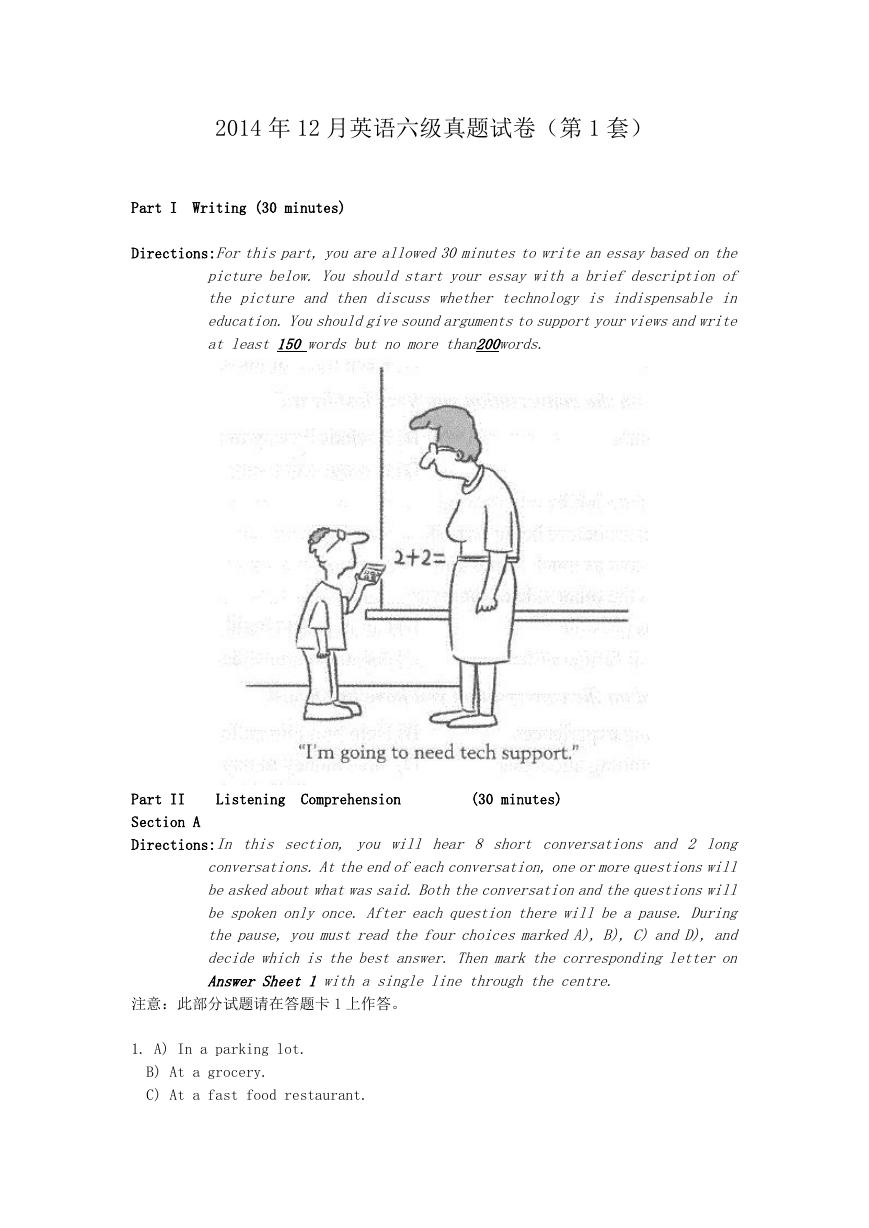
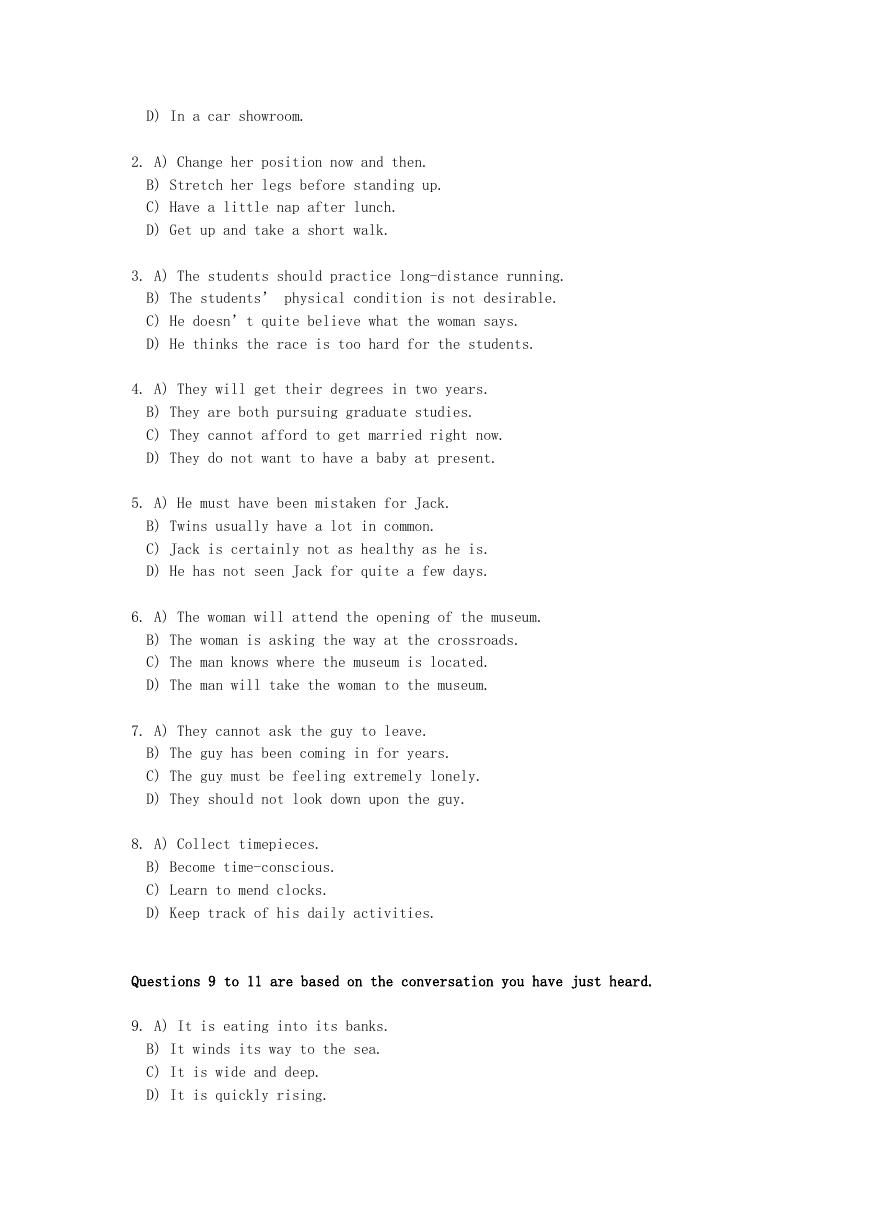

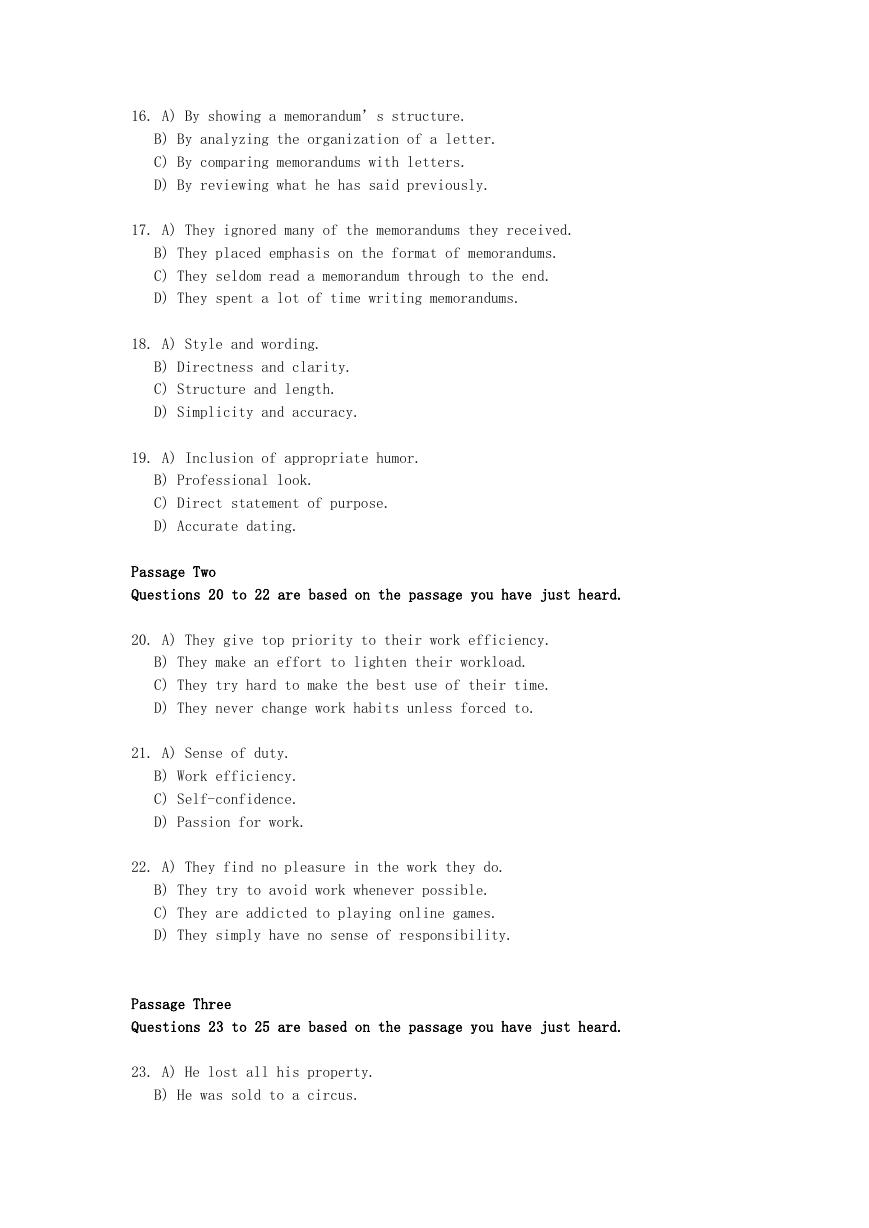


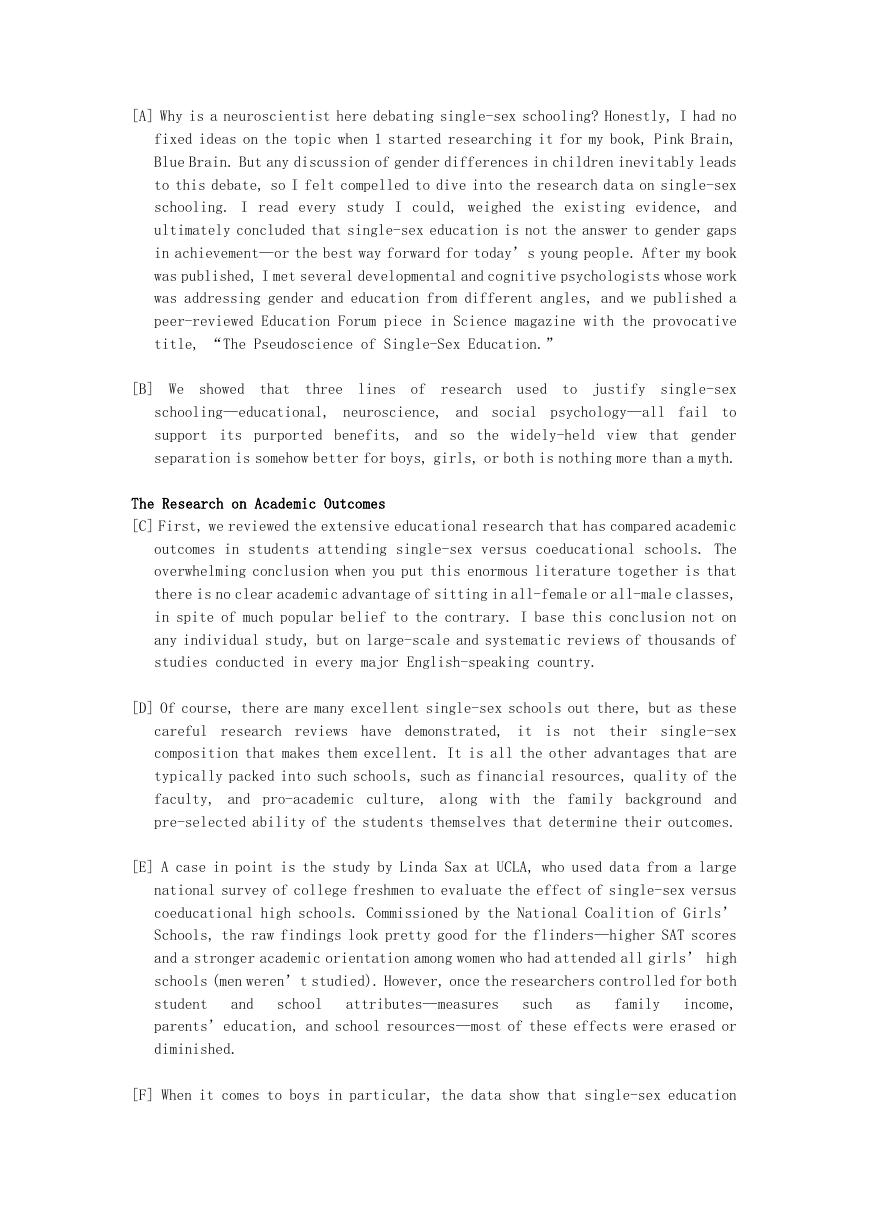
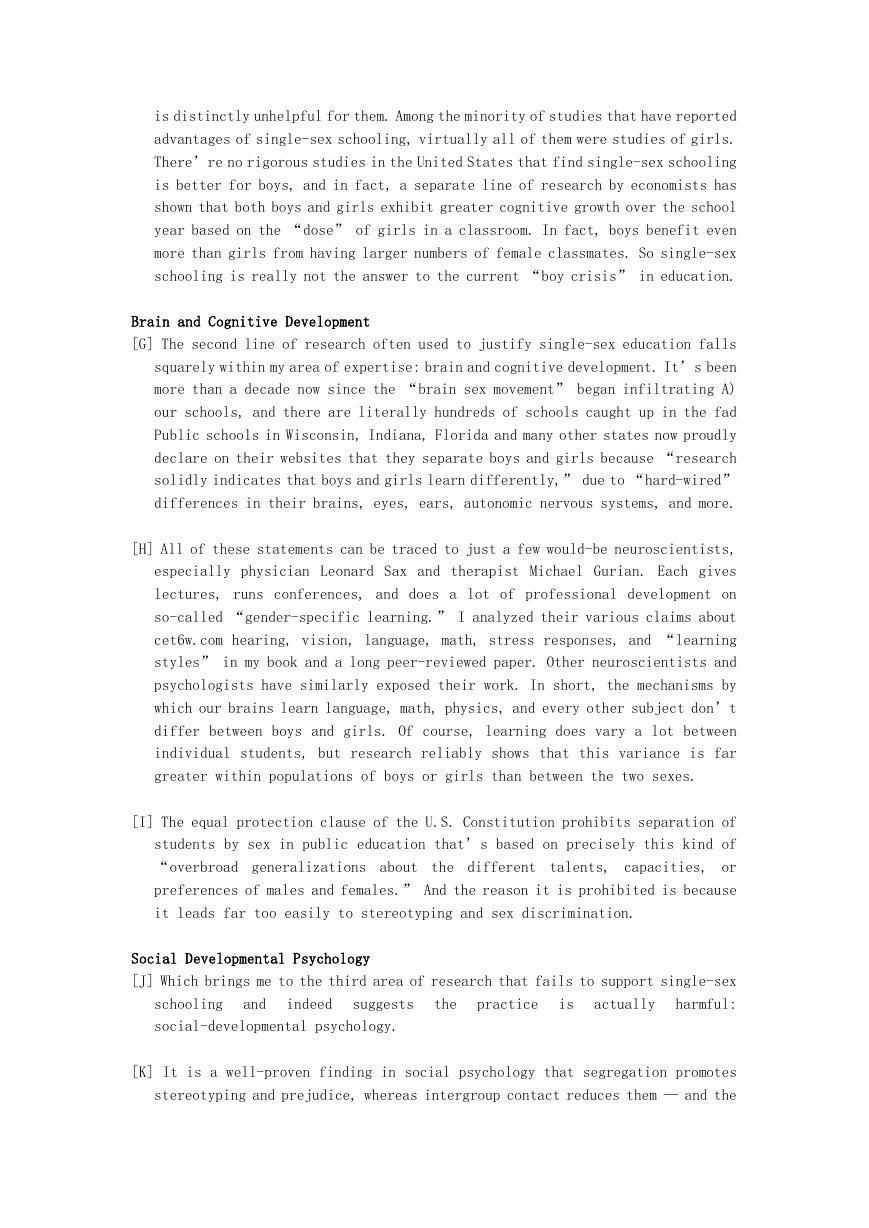








 2023年江西萍乡中考道德与法治真题及答案.doc
2023年江西萍乡中考道德与法治真题及答案.doc 2012年重庆南川中考生物真题及答案.doc
2012年重庆南川中考生物真题及答案.doc 2013年江西师范大学地理学综合及文艺理论基础考研真题.doc
2013年江西师范大学地理学综合及文艺理论基础考研真题.doc 2020年四川甘孜小升初语文真题及答案I卷.doc
2020年四川甘孜小升初语文真题及答案I卷.doc 2020年注册岩土工程师专业基础考试真题及答案.doc
2020年注册岩土工程师专业基础考试真题及答案.doc 2023-2024学年福建省厦门市九年级上学期数学月考试题及答案.doc
2023-2024学年福建省厦门市九年级上学期数学月考试题及答案.doc 2021-2022学年辽宁省沈阳市大东区九年级上学期语文期末试题及答案.doc
2021-2022学年辽宁省沈阳市大东区九年级上学期语文期末试题及答案.doc 2022-2023学年北京东城区初三第一学期物理期末试卷及答案.doc
2022-2023学年北京东城区初三第一学期物理期末试卷及答案.doc 2018上半年江西教师资格初中地理学科知识与教学能力真题及答案.doc
2018上半年江西教师资格初中地理学科知识与教学能力真题及答案.doc 2012年河北国家公务员申论考试真题及答案-省级.doc
2012年河北国家公务员申论考试真题及答案-省级.doc 2020-2021学年江苏省扬州市江都区邵樊片九年级上学期数学第一次质量检测试题及答案.doc
2020-2021学年江苏省扬州市江都区邵樊片九年级上学期数学第一次质量检测试题及答案.doc 2022下半年黑龙江教师资格证中学综合素质真题及答案.doc
2022下半年黑龙江教师资格证中学综合素质真题及答案.doc